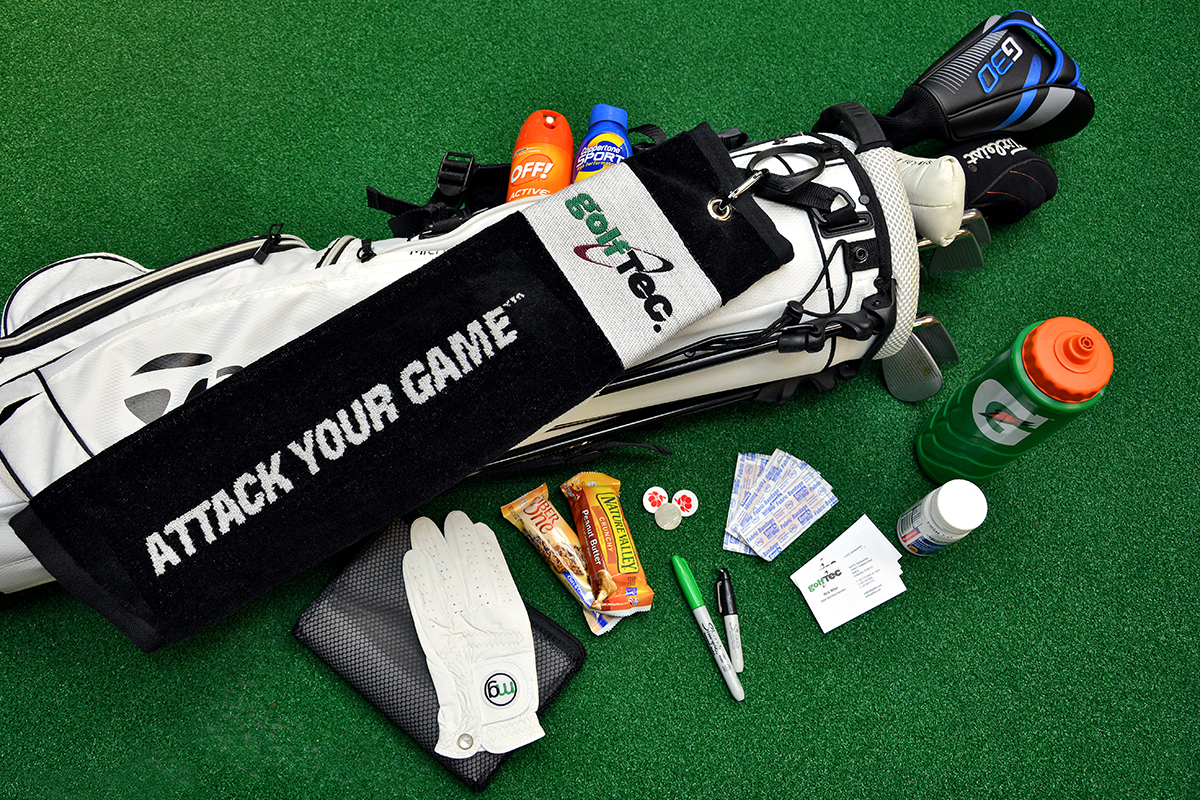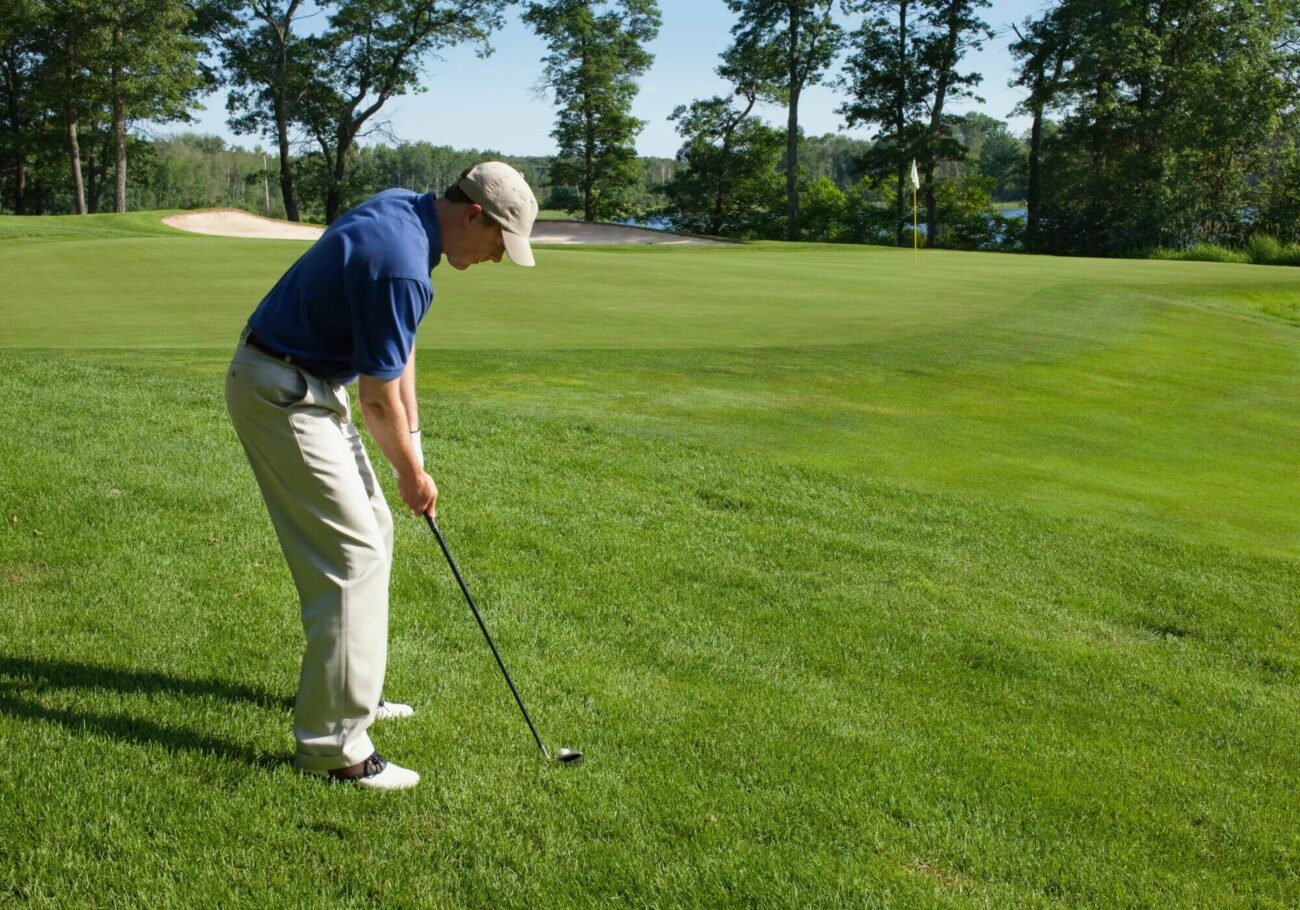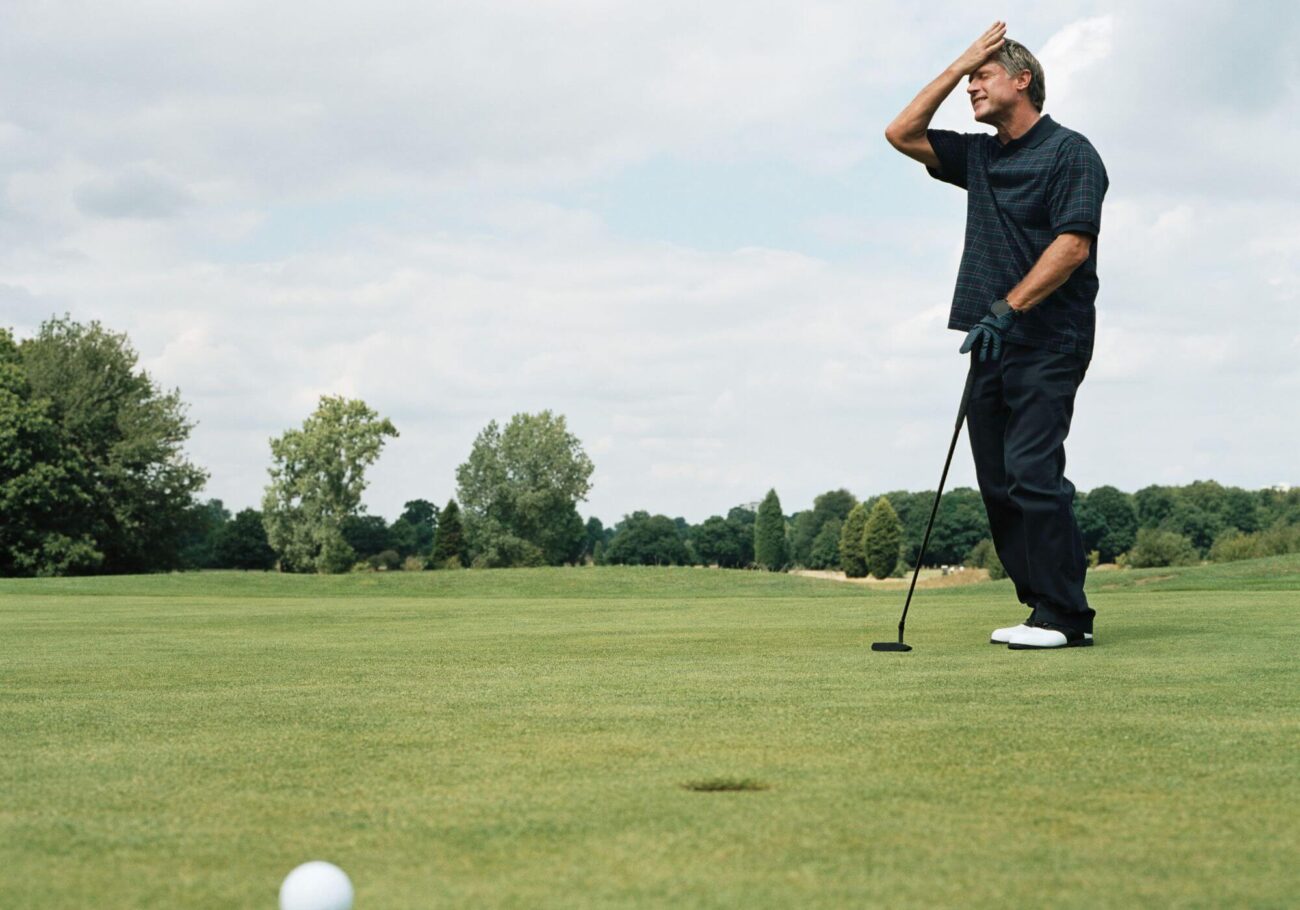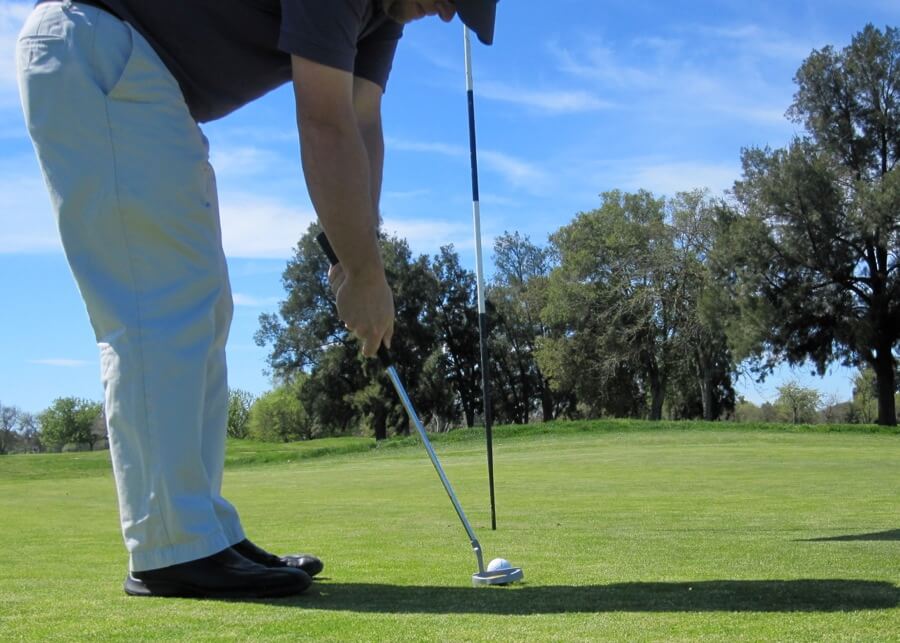
5 “Bad” Golf Habits That Can Actually Help Your Game
We’re told to ditch “bad habits” to play better golf. But some so-called mistakes can boost confidence, contact, and scoring—if you use them the right way. Below are five habits worth keeping (with guardrails), plus simple cues you can try on your next round.
1) Being Aggressive and Going After the Ball
Conventional wisdom says “swing smooth, avoid mistakes.” Truth: a committed, decisive move into the ball builds speed, improves compression, and frees your stroke. An 8-iron from confidence beats a steered 6-iron from doubt.
Use it like this:
- On the course, swing at ~80–90% effort with a full finish.
- Keep your tempo smooth (count “1-2-3” to the top, “4” to impact).
- Train speed off the course (mobility/overspeed), not by overswinging mid-round.
Watch out for: Losing balance or face control. If dispersion widens, dial back to 8/10 effort.
2) Using the Same Club for Multiple Shots
Variety is great, but confidence wins under pressure. If your sand wedge is money inside 60 yards, ride it—then layer in options over time.
Use it like this:
- Master one club’s three flights: low-check, stock, soft.
- Change ball position and finish height to alter trajectory/roll.
- When turf is tight or carry is risky, consider a bump-and-run with less loft.
Watch out for: Forcing a high-loft flop when a safer bump leaves a tap-in.
3) Playing Quickly
“Fast” can be rushed—but it can also be clarity. A brisk pace reduces overthinking and keeps your body athletic instead of tense.
Use it like this:
- Keep a two-cue routine (e.g., aim → breathe → swing).
- Decide the shot in 15–20 seconds, then commit.
- Walk with purpose; don’t skip your routine—shorten it.
Watch out for: Abandoning alignment or yardage checks. Quick ≠ careless.
4) Taking a Shorter Backswing
Shorter doesn’t always mean shorter shots. A compact move can improve center-face contact, raise smash factor, and tighten dispersion—often netting the same or more distance.
Use it like this:
- Stop the backswing when your lead arm is parallel and finish fully.
- Prioritize solid strike and face control over max turn.
- Test on the range: note carry/curve with “compact vs. full.” Keep what scores.
Watch out for: Getting “arms-only.” Keep your body turning through to the finish.
5) Playing a Fade (Even If It’s Unintentional)
Many amateurs live with a gentle fade. That’s okay. Fades land softly, hold greens, and are easy to aim. Fighting it mid-round often causes bigger misses.
Use it like this:
- Aim the face at the target; align your body slightly left (for right-handers).
- Commit to a one-yard start line and let it fall back.
- Work on a draw at the range, not while keeping score.
Watch out for: A slice (open face + out-to-in). If curvature is big, strengthen grip slightly or soften path.
Quick Action Checklist
- Choose one aggressive swing cue (e.g., “through to the finish”).
- ⛳ Pick one go-to wedge and master three trajectories.
- ⌛ Use a 20–30s routine to stay decisive without rushing.
- Trial a compact backswing for tighter contact.
- ➰ If you fade it, play the fade and aim smart.
Bottom Line
A habit is only “bad” if it costs strokes. Harness aggression with balance, lean on a trusted club, keep pace crisp, consider a compact backswing, and own your natural shot shape. Tweak, don’t overhaul—and watch your scores fall without fighting your golf DNA.





Add a review
Your email address will not be published. Required fields are marked *